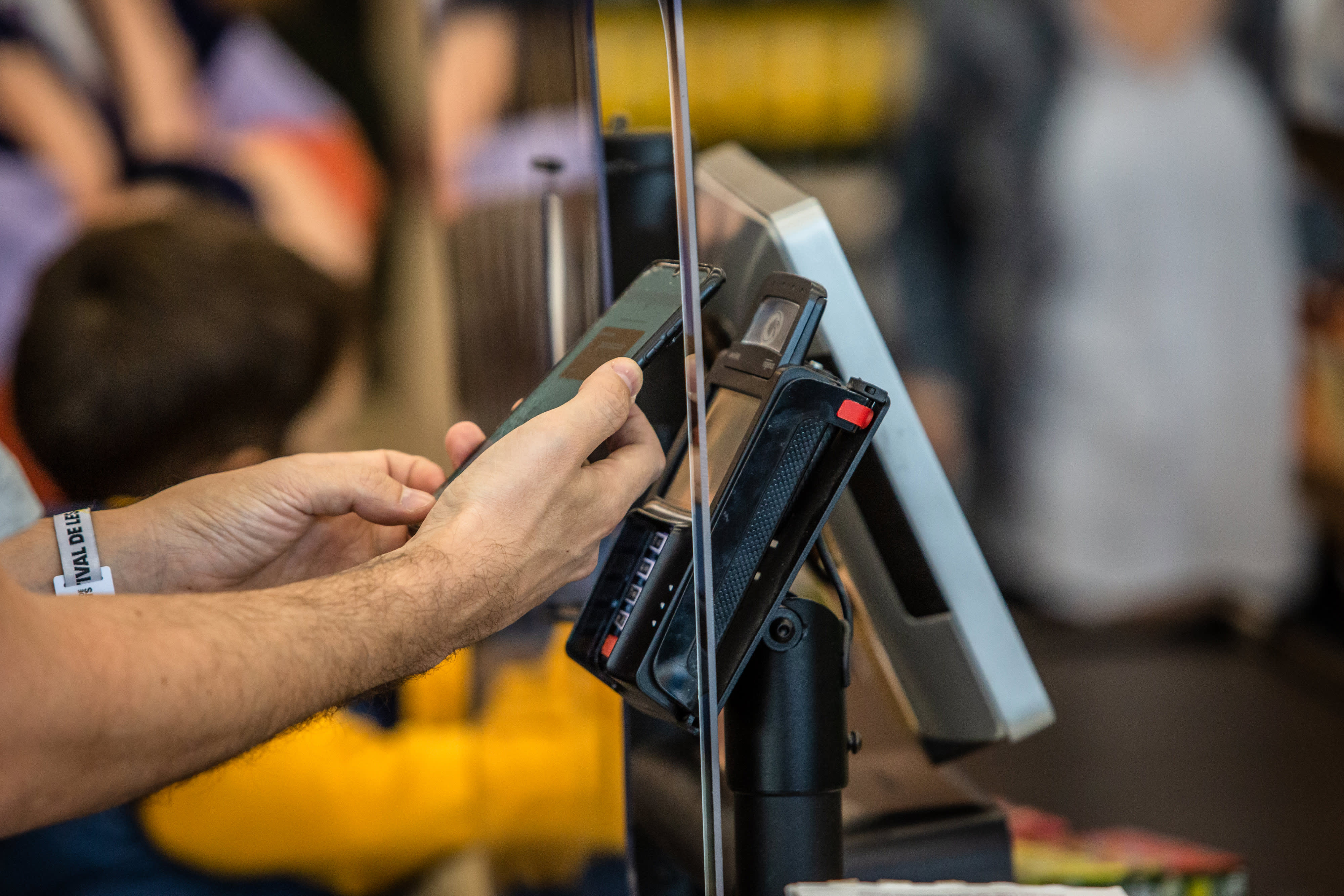Wyoming is promoting the use of cryptocurrency payments and is competing with the Federal Reserve to establish a digital dollar.

Wyoming is leading the way in the next phase of growth for crypto, focusing on consumer payments as crypto investing becomes more mainstream and institutionalized with bitcoin ETFs.
The Wyoming state government is planning to launch its own U.S. dollar-backed stablecoin, known as the Wyoming stable token, in the first quarter of 2025. This move aims to provide individuals and businesses with a faster and cheaper way to transact while generating a new source of revenue for the state. The group behind the project hopes that it can serve as a model for a digitized dollar at the federal level.
Wyoming Governor Mark Gordon stated at the Wyoming Blockchain Symposium in Jackson Hole that success would be the adoption of a stablecoin that is transparent, fully backed by short-term Treasurys, and dollar dependent. He emphasized the importance of bringing back onshore a lot of debt, as it would help stabilize the market to a degree if it is bought by treasuries and supported by treasurys.
"It is evident to me that digital assets will have a future," Gordon stated. "The United States must confront this issue. Washington's sluggishness is why Wyoming, with its agility and entrepreneurial spirit, can make a significant impact."

Wyoming, often referred to as the Cowboy State, has a history of pushing boundaries in business law. In 1977, it established the Limited Liability Company (LLC), and since 2018, it has passed over 30 pieces of crypto legislation to create a favorable regulatory environment for businesses and investors.
The crypto market is experiencing a period of uncertainty as development on the project ramps up. The launch of bitcoin ETFs to U.S. investors in January was a significant milestone, resulting in new record prices this year. However, despite the market's bullish outlook, trading has been rangebound for several months.
Crypto and its underlying blockchain technology were initially designed for more than just price speculation. Consumer payments, often facilitated through stablecoins, are widely viewed as the primary application for crypto and a key driver of mainstream adoption.
The vision
Wyoming is currently seeking tech-savvy partners and vendors to assist in the development of a stable token. This will necessitate the involvement of exchange and wallet providers, such as Kraken, which offer both services. The state intends to issue the token to an exchange, which will then make it available to retail users. According to Flavia Naves, a commissioner at the Wyoming Stable Token Commission, the token should be viewed as just another payment method for everyday transactions.
In Cowboy Coffee in Jackson, Wyoming, you can use their wallet in Solana to purchase your latte with Wyoming's stablecoin.
The commission intends to allocate reserves supporting each token in circulation towards Treasurys and reverse repos, and utilize the resulting interest to finance public schools.
At the conference, Gordon highlighted the significance of prioritizing reserve management over solely concentrating on the state's potential earnings.
Keeping parity
Stablecoins are designed to maintain a stable value relative to an underlying asset, typically the U.S. dollar, but they can and have diverged from their pegs due to fluctuations in demand, liquidity issues, poor collateralization, regulatory restrictions, or network congestion.
Naves highlighted the importance of having a "buffer" in the reserves to account for any potential deviations and ensuring full transparency to establish and maintain public trust.
"The public will have access to audits on the number of tokens in circulation and the amount of money in the bank account backing the stablecoin, ensuring a 1-to-1 ratio, as this is a public token and all information is publicly available."
The commission holds virtual meetings on the stable token and posts the minutes on its website.
"Gordon stated that this is fully reserved and part of our plan to ensure we can fully back any actions we take. Additionally, our legislation requires that when a person purchases a Treasury or repo, it will be in evidence, allowing us to avoid any potential begging issues."
Digitizing the dollar – and beyond
The Wyoming stable token is a response to the Federal Reserve's reluctance to create a CBDC at the federal level, as stated by Naves. The Atlantic Council reports that over 30 countries are currently piloting a CBDC, including the digital euro, and 19 of the G20 countries are in the advanced stages of developing one.

Wyoming plans to use public blockchains, such as Ethereum or Solana, instead of private networks, which means CBDCs won't be subject to the same privacy and surveillance concerns. The group hasn't specified exactly which networks it'll use but has said it wants the coin to be available on several different platforms.
If it's successful, it could go beyond the dollar.
"The goal is to use the same technology to tokenize various elements, including commodities like gold and oil, real estate, and governmental obligations, which will be added to blockchains. However, the success of the initial use case, digitizing the U.S. dollar, will pave the way for other use cases to follow."
Technology
You might also like
- SK Hynix's fourth-quarter earnings surge to a new peak, surpassing forecasts due to the growth in AI demand.
- Microsoft's business development chief, Chris Young, has resigned.
- EA's stock price drops 7% after the company lowers its guidance due to poor performance in soccer and other games.
- Jim Breyer, an early Facebook investor, states that Mark Zuckerberg has been rejuvenated by Meta's focus on artificial intelligence.
- Many companies' AI implementation projects lack intelligence.



















